The dune fields of the panhandle barrier islands closely mimic those in the deserts of the American southwest. With rolling hills of sand (less the rock), small, spaced shrubs, and high temperatures, hiking through the dunes reminds me a lot of hiking the deserts and canyonlands out west. Oh… and you rarely see wildlife in both habitats.
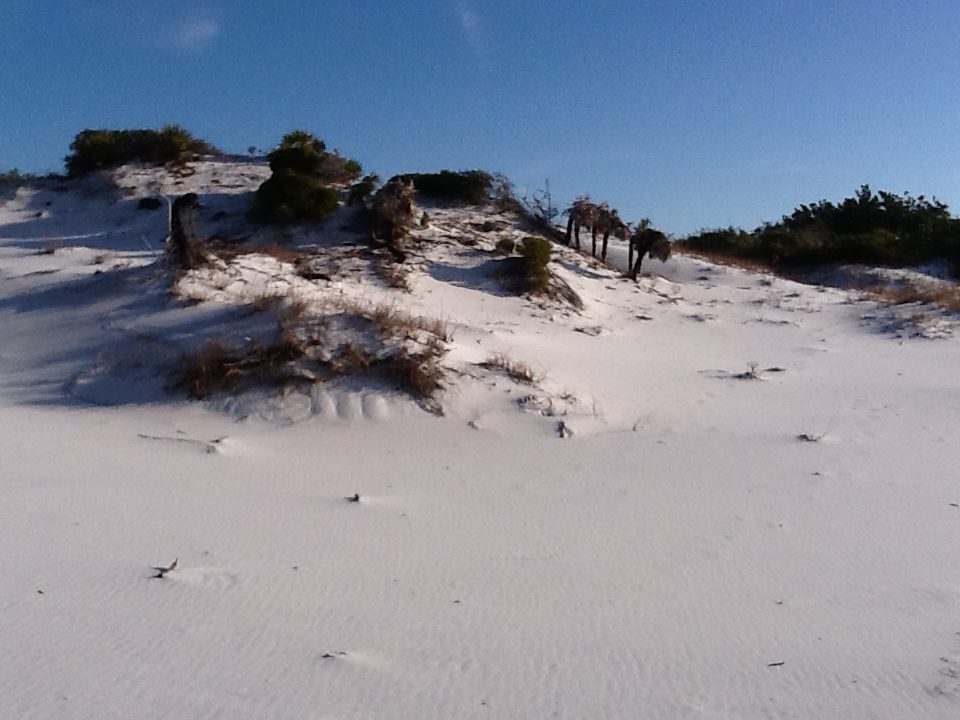
Photo: Rick O’Connor
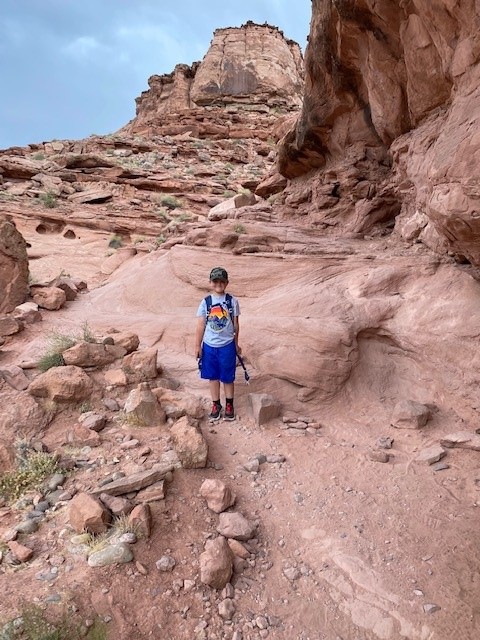
Photo: Rick O’Connor
It’s not that wildlife is not present, its just not visible – and this would be true for both habitats. These systems are more open, easier to spot predator and prey, and the temperatures can be extreme. Because of this the animals who reside here are more active at other times of the day and we are made aware of their presence by tracks or scat.
In winter the temperatures in the dunes can get quite cold. Being in the eastern United States, and closer to the warm Gulf Stream, the atmosphere is more humid and cold temperatures can feel even colder – the “wet chill” everyone talks about. Add to this the winds from the north and it can be an unpleasant place to be out and about. Many plants have gone dormant not producing flowers or seed, and the leaves falling or shriveled and brown, and you have very little for the herbivores to feed on. When conditions get like this animals have basically two options. One, hunker down, hibernate, wait for conditions and food sources to improve. Two, leave – head south where conditions are more favorable. Either way, you do not see them.
A hike in winter finds little wildlife moving about. Birds are common. Many have flown south from harsher conditions further north and seem to enjoy being out. Unless it is unseasonably cold and windy, you can find a variety of passerines (songbirds) in the shrubs and bushes of the dunes. Mockingbirds, cardinals, and mourning doves are often seen. There are also unique species more common up north. Christmas time is a popular time for the Audubon Society to conduct their annual bird counts. Many volunteers often log species rarely seen during other times of the year.
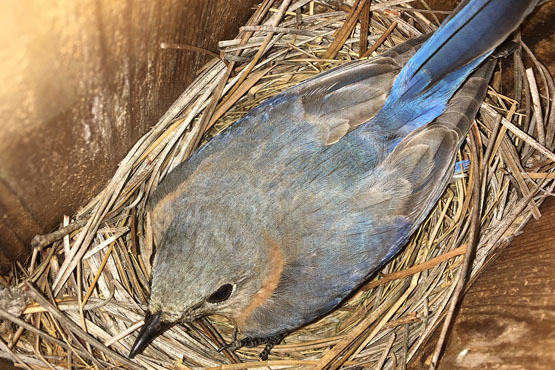
Photo: Molly O’Connor
Mammals and reptiles are not often seen during the daylight hours. Some reptiles may come out of hiding on days when the sun is bright, and the winds are low. They will find a windbreak near a dune and bask in this sunlight for a few hours. But to see them it is one of those “being in the right place and the right time”. Daytime is short this time of year and they are not out very long.
Mammals being endothermic can move around. They are still not frequently seen during the daylight hours because the habitat is too open and hunting not as successful. There are also a lot of humans on our islands now and many mammals are not fond of this and tend to avoid us. So, they change their pattern of activity to other times. Animals who are active during the daytime are called diurnal. Those more active at night are nocturnal. And those more active at dawn and dusk are called crepuscular. During the winter many mammals tend to be more crepuscular because the evenings can get quite cold no matter what the wind is doing. If they are not hibernating, they will hunt for a few hours at dawn or dusk and then hide during the colder parts of the evenings.
During my winter hikes I have seen primarily passerine birds, and occasionally an armadillo. But most sign of wildlife are the tracks of raccoons, coyote, and deer.
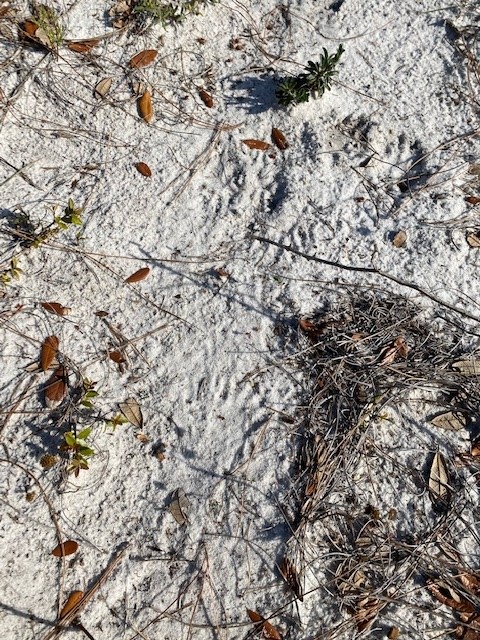
In the spring things change. The earth is tilting more towards the sun, the days become longer, and the cold air masses are met by the more tropical warmer ones. Temperatures and rainfall increases. These warmer temperatures are more inviting to daytime foraging for prey. Ephemeral ponds form due to the increase rainfall. Island amphibians take advantage of this mating and laying their non-cledoic eggs in these ponds while they are still there. The warmer evenings are filled the calls of male frogs seeking females. Mammals are still more crepuscular and nocturnal, but it is a time when your chances of spotting one during the daylight hours increases. Not only is the weather better but the food sources are as well, and some have been hibernating for a couple of months and are quite hungry. Hunger will push them to be more active during daylight than they would otherwise be. The same can be said for reptiles. Snakes moving during daylight is more common this time of year.
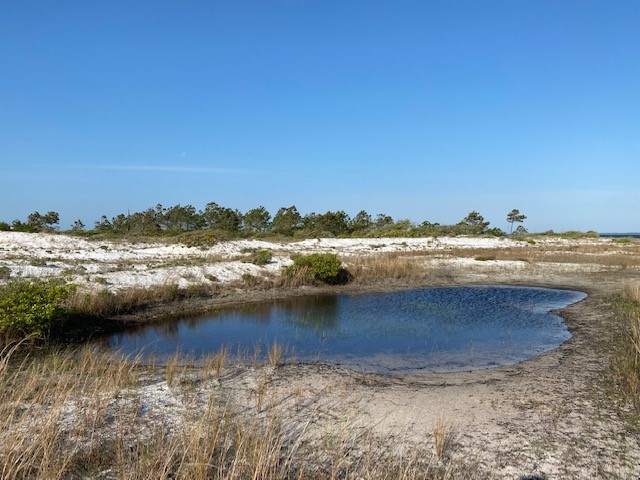
This is also the time for mating. It will be warm for several more months and this is the best time to raise a small offspring. The temperatures are warmer (conducive to growth), food more abundant (needed for growth), and you avoid the colder temperatures that can kill small animals. Males of these species are out and about seeking females and defending territories. Nesting birds of several varieties can be found building such nests. Turtles and snakes are breeding and seeking good locations to lay their eggs. With all of this comes more activity and more encounters by human hikers.
Let’s not forget the insects. Actually, you can find these creatures at all times of the day in all seasons. Insects are one of the most resilient groups of animals on the planet, and their high diversity – even on barrier islands – supports this. In the spring when the rains come and the ephemeral ponds are available, insects begin to breed and fill the skies. Spring is a very active time in the dunes.
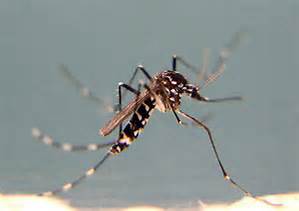
Photo: UF IFAS
Summer brings the heat – particularly late summer. Like the deserts of the southwest, temperatures can rise above 100°F and it is not the best time to be out and about. Much of the wildlife becomes more crepuscular or nocturnal. I have noticed when doing snake surveys, that the snakes may be moving at dawn but by 8:00-9:00am, when you begin to feel the heat of the day, you find no more. They have moved to the shade or a burrow somewhere. BUT the lizards begin to move. Lizards are a popular food for snakes, and it makes sense they would be more active when snakes are not. However, the sand is hot, and birds are also predators. So, lizards, like the six lined skink (Aspidoscelis), move VERY fast across the hot sand from one bush to another. I even notice the passerine birds becoming less common as the heat increases – it is hot out there. Interestingly human activity seems to increase when the temperatures are at their highest. We tend to sleep later than most animals this time of year.
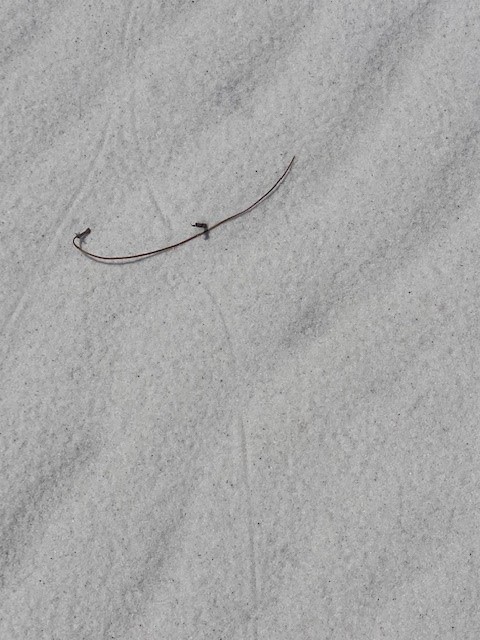
The fall brings some relief from the heat. As the earth begins to tilt away from the sun and the days become shorter, the temperatures begin to drop, and it is more comfortable coming out during daylight hours. Humans are still around so many will still avoid daylight but it also a time to prepare for winter. Seeking food resources and eating as much as possible is the rule for many. For some it is also a time for breeding. Carrying for offspring in a den or burrow over winter is an option for some species. Because of this they are out seeking mates and may be seen during daylight hours when doing so. This would include some of the snakes like the eastern diamondback rattle snake (Crotalus) and the cottonmouth (Agkistrodon).
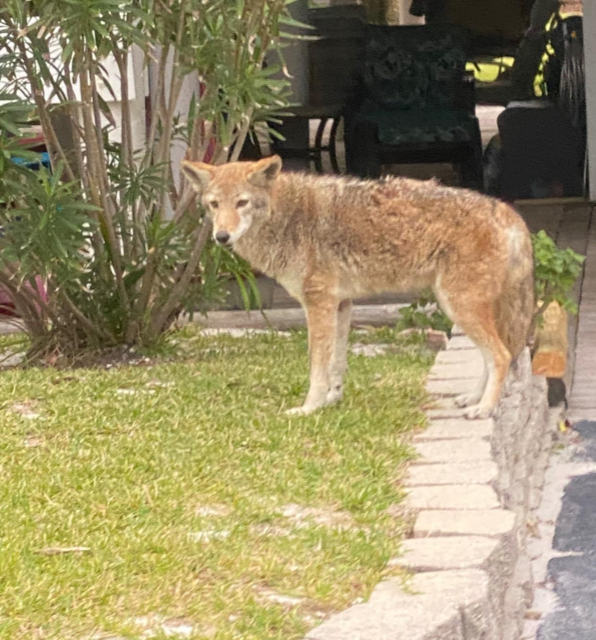
Photo: Monika Springer Honeycutt
Though dunes seem void of wildlife there are actually many species that reside here and even more than transient there from other parts of the island. Hikes through the dunes can bring magnificent sunrises and sunsets, just as you see in the deserts out west, and – if you are there at the right time and not moving too much – some really neat wildlife encounters can occur. But further back on the island exist the maritime forest. Here there are more creatures and more encounters. This will be the focus of Part 6.
 0
0

